by Ashlyn East and Angel Fernandez, MyFloraDNA
Unfortunately, there are a variety of insects with the potential to damage the majority of your cannabis plants. Before we can fight back, we must be able to identify each symptom an insect may leave behind. Symptoms often vary amongst individual pests allowing us to identify them and treat the plant accordingly. This blog serves to highlight some of the biggest threats to cannabis gardens, including the following insects:
- Aphids
- Spider Mites
- Fungus Gnats
- Thrips
An aphid is a soft-bodied insect with a piercing-sucking mouthpart, allowing it to access a plant’s vascular system and steal its nutrients. They are visible to the naked eye but come in various colors, sometimes blending into the plant and making them hard to spot.
So, how can we know if aphids are present in our cannabis plants? According to Ryan Douglas, author of “Playing Plant Detective: How to Identify Insect “Fingerprints,” these insects often leave behind a smokey mold or “sooty mold,” consisting of a black or brown fungal disease. Aphids are mainly attracted to the protein within the sap of the plants, so the rest of the sugars in the sap pass through their body and are left behind on the leaves. This forgotten waste is known as honeydew and does not stay forgotten for long as ants are highly attracted to it. With this in mind, some other signs to be aware of are the collection of ants and left-over honeydew.
For preventative and exterminate measures, regularly check your plant for symptoms of the pest, remove and spray off as many bugs as possible, and also consider insecticide soaps and sprays that will not harm your plants.
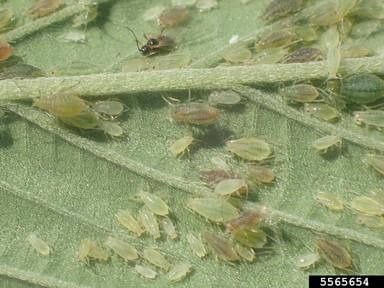
Figure 1. Aphids in different phases of life
Spider Mites
Spider mites are smaller than aphids but still visible to the naked eye. They are often dark red, orange, or brown. Spider mites also have tiny piercing mouths that allow them to feed on nutrients obtained from the plant leaves.
It can be hard to spot their presence in the early stages, as they tend to remain under the plant leaves until their population expands. Once the populace has reached a larger capacity, spider webbing will be present along the top of the plant canopy. In addition, the mites will often leave behind little white specks on the top of the leaf. The idea is to spot the mites before webbing occurs; this can be done by frequently and thoroughly examining your plants.
Early detection of spider mites is vital for exterminating and preventing their growth. According to Nebula Haze, author of “Cannabis Pests, Bugs, & Viruses,” these mites quickly reproduce and gain immunity to extermination methods. Therefore, it is important to use multiple forms of extermination consistently to prevent their return.
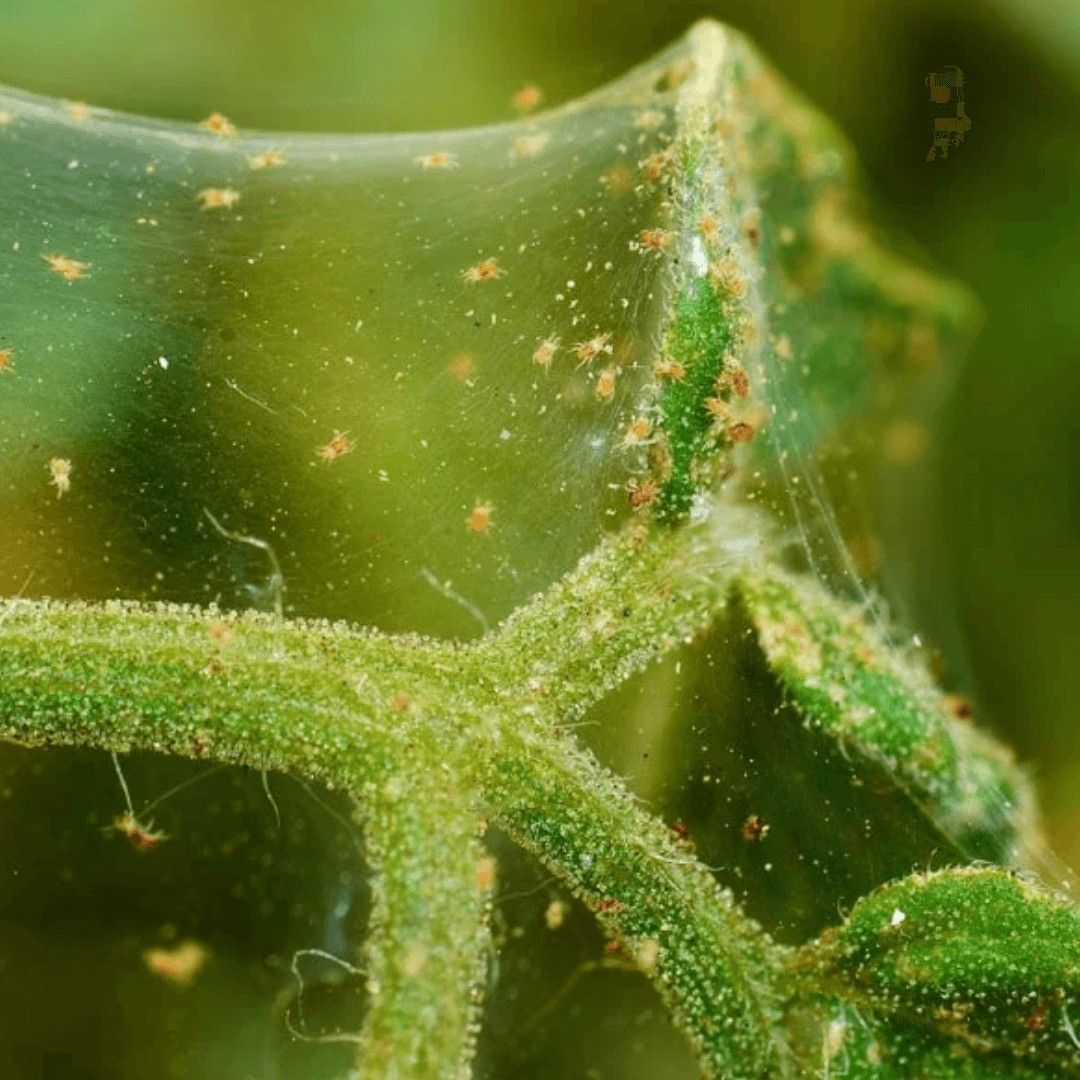
Figure 2. Spider mite webbing on a cannabis plant
Fungus Gnats
Unlike aphids and spider mites, fungus gnats primarily feed on plant roots. These gnats look like tiny black flies and can have quite harmful effects on plants. Not only are the flies feeding on the roots, but the larvae destroy root hairs and young roots of the cannabis plants (Haze, 2022).
Fungus gnats are not as easy to trace because their usual resting spot on the plant allows them to blend in with the dark soil and surface area. A more visible clue of “fungus gnats is the presence of their feces on the leaves, nursery pots, and grow benches” (Douglas, 2022). If there happens to be any flying bugs around the plant, that could also be a prominent symptom.
Ensuring prevention and extermination are possible from a variety of practices. Be sure not to over-water the plants, as gnats a more attracted to overly damp areas. It may also be helpful to hang sticky cards near your plants and, once again, utilize insecticide sprays when necessary.
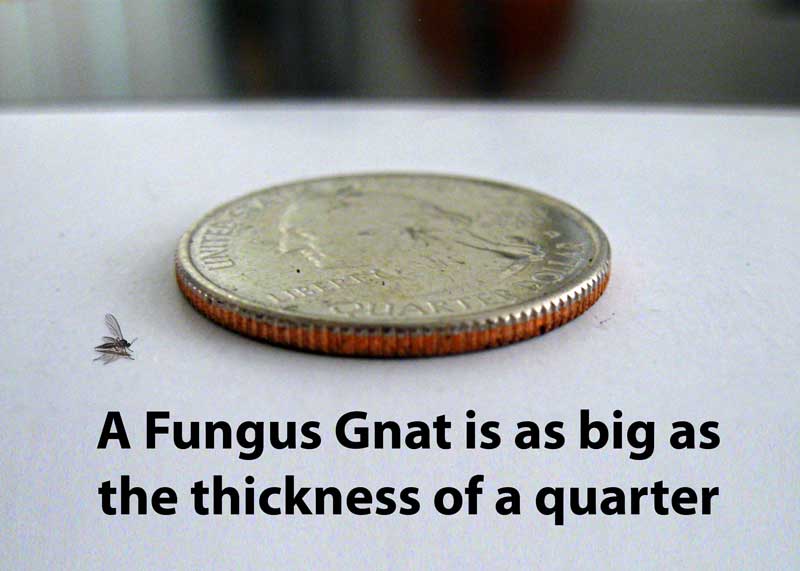
Figure 3. Fungus gnat, in comparison to a quarter
Thrips
A thrip is yet another insect that raises a threat to the healthy growth of cannabis plants. “Adult thrips are small, fast-moving insects, while young thrips look like tiny unmoving pale worms on the leaves” (Haze, 2022). Depending on their stage of life, they could look a variety of ways. They often blend into the plant because of their color and will jump around if they feel threatened. These variables cause their extermination to be quite tricky.
Thrips have small, piercing mouths like spider mites and aphids, but the leaves often look more scraped than pierced (Douglas, 2022). Douglas gives a great suggestion to test a plant for thrips. If you hold a white piece of paper under the suspected leaf and tap on the leaf, you will be able to see the thrips fall on the paper. As adults, they will typically appear as orange, brown, or yellow.
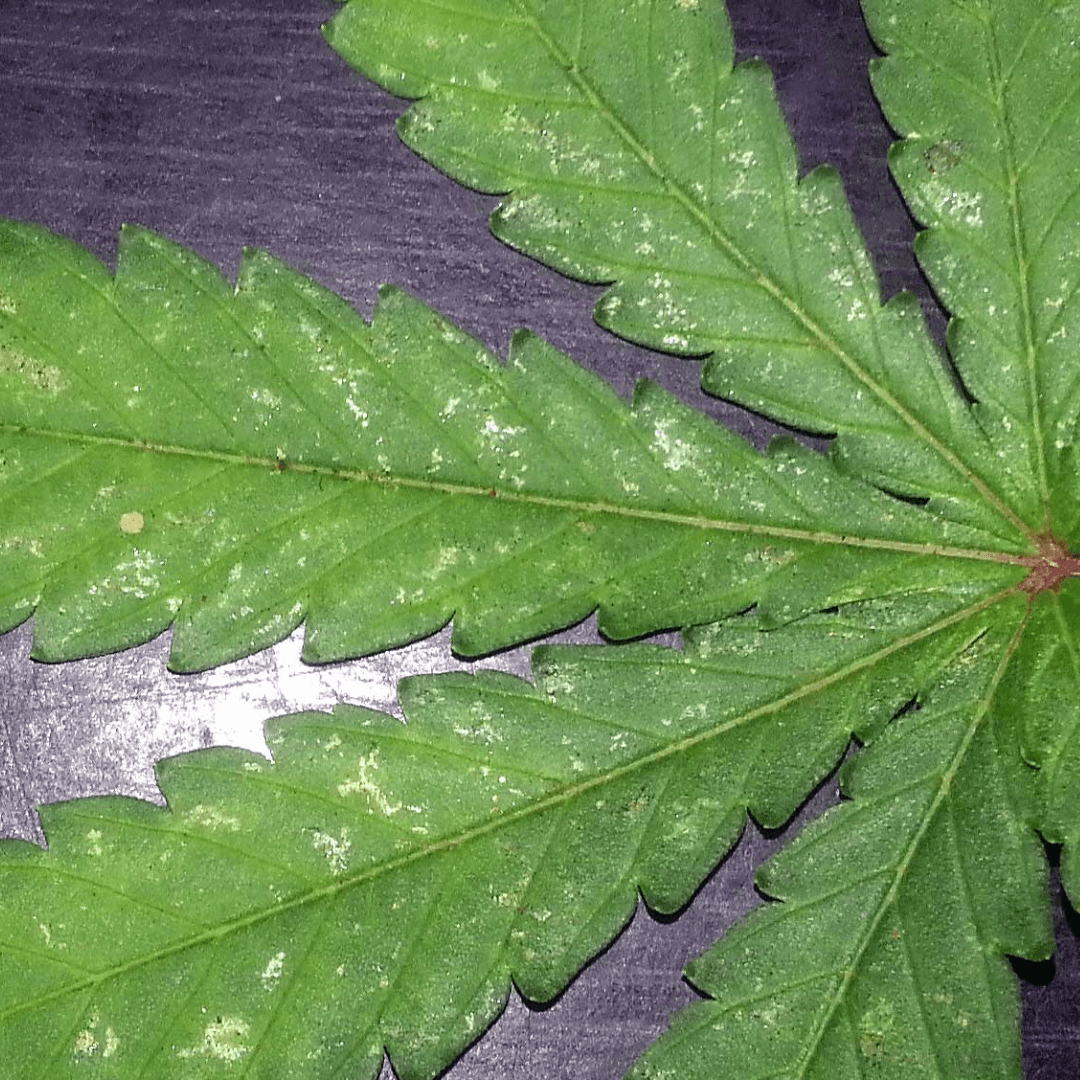
Figure 4. Thrip-damaged leaf
Examining your cannabis plants regularly makes the prevention or early diagnosis of pests a manageable task. As you examine your plants, keep in mind the range of symptoms that stem from various insects. In the end, if you happen to come across any harmful pests, be diligent in your extermination methods and find the necessary method according to the pest you discover.
References
- Haze, N. (2022, August 7). Complete pest guide – cannabis pests, bugs & viruses. Grow Weed Easy. Retrieved October 19, 2022, from https://www.growweedeasy.com/bugs-pests-symptoms-marijuana-grow
- Figure 1: https://content.ces.ncsu.edu/cannabis-aphid-in-industrial-h
Photographer: Whitney Cranshaw, Colorado State University, Bugwood.org
About MyFloraDNA: We are a genomic laboratory based in Woodland California, delivering modern genomics for the Cannabis Industry.
Our services include Trait detection (cannabinoid profile and sex/gender ID), Pathogen Detection, and Genetic Validation Services. We offer breakthrough solutions using the inner power of your plants.
Authors: Ashlyn East and Angel Fernandez
Angel Fernandez, CEO & Co-Founder at MyFloraDNA. “It is time to fill in the gap between DNA Sciences and Agriculture. MyFloraDNA is willing to show the huge opportunities that exist for modern genetics in agriculture. Now, it is time for another agricultural revolution”
Editor: Maria Zuccarelli

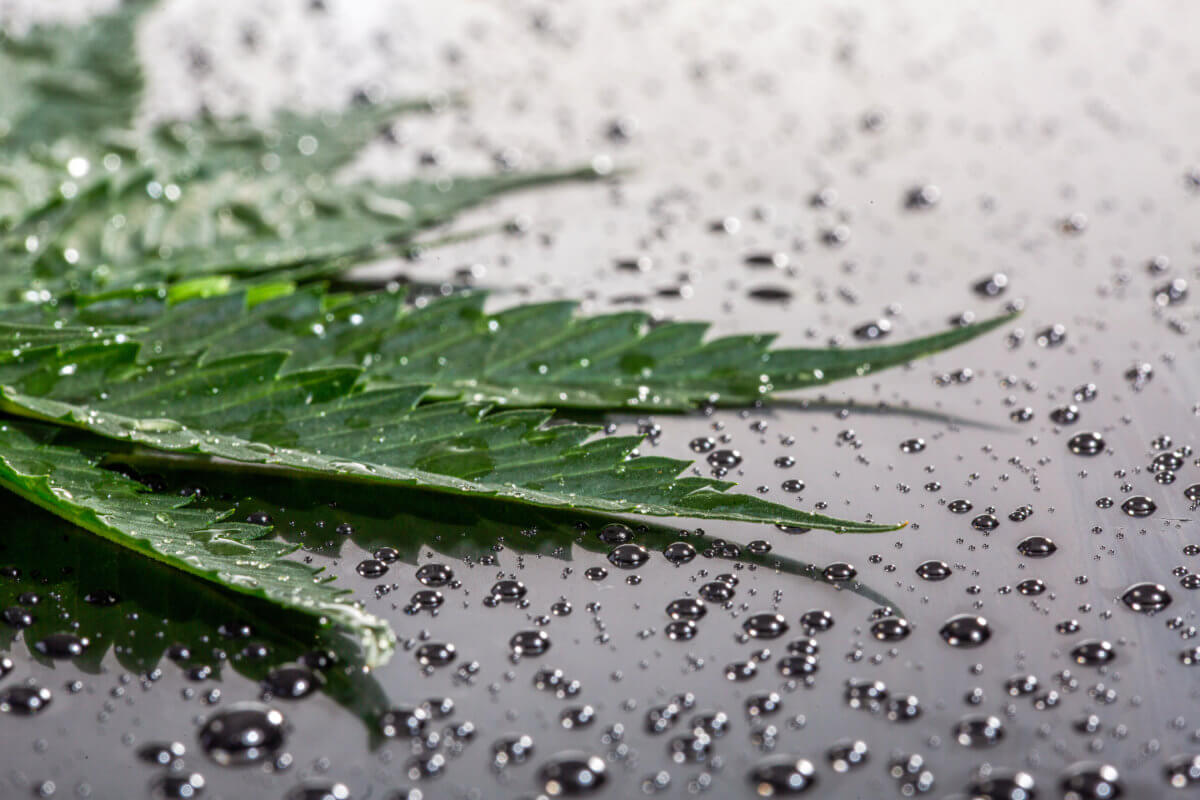
Follow NCIA
Newsletter
Facebook
Twitter
LinkedIn
Instagram
–